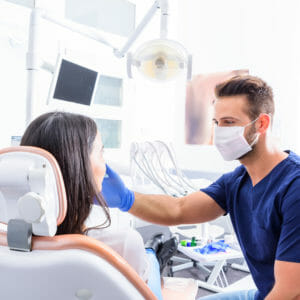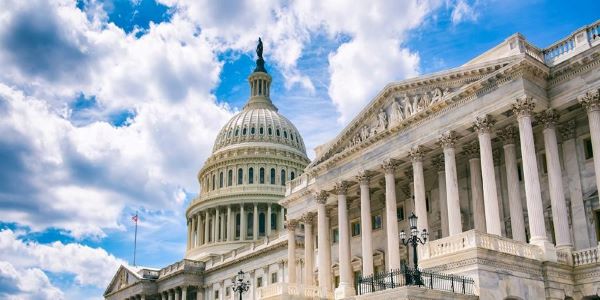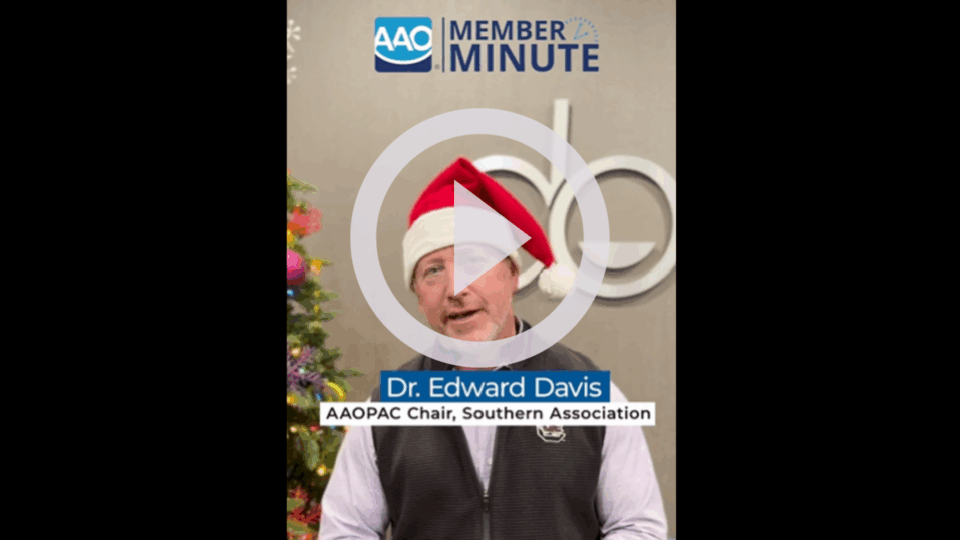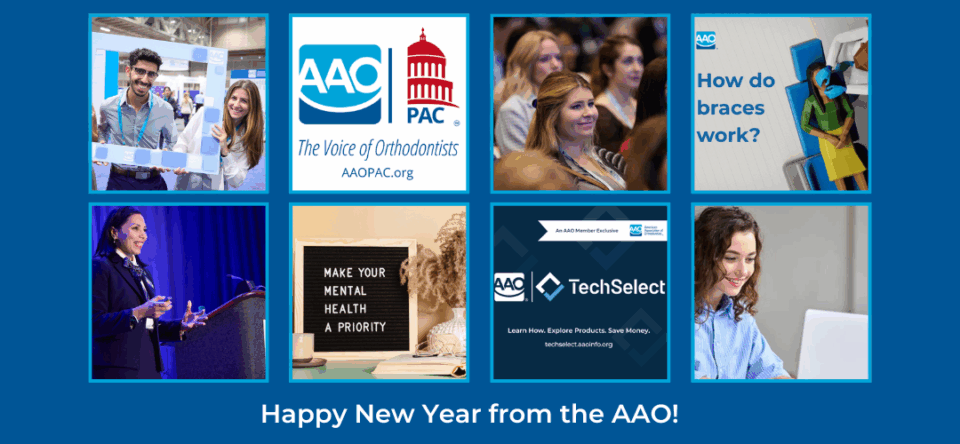During the 2019 House of Delegates meeting in Los Angeles in May, the House of Delegates adopted an updated AAO definition of Medically Necessary Orthodontic Care to read:
“Orthodontic services to prevent, diagnose, minimize, alleviate, correct, or resolve a malocclusion (including craniofacial abnormalities and traumatic or pathologic anatomical deviations) that cause pain or suffering, physical deformity, significant malfunction, aggravates a condition, or results in further injury or infirmity.”
In addition, the Medically Necessary Auto-Qualifier Reimbursement Protocol will now include: “Congenitally missing teeth (excluding third molars) of at least one tooth per quadrant.”
The AAO’s Medically Necessary Orthodontic Policy was initially developed as members struggled to navigate embedded orthodontic benefits within insurance policies offered via the Marketplace/Exchanges under the Affordable Care Act. In response, the AAO led an effort to develop qualifying criteria to be evaluated, established and standardized throughout the United States.
AAO Sought to Resolve Confusion Resulting from State-Based Differences
The primary cause of confusion regarding what orthodontic cases can be covered by medical benefits is that the ACA left it to the states to determine their own definitions of medically necessary and to establish the associated qualifying criteria. The resulting inconsistencies prompted the AAO’s efforts to promote standardization.
With the cooperation of the National Association of Dental Plans (NADP), all major dental payers were represented during meetings from 2015-2017, led by the AAO Committee on Medically Necessary Orthodontic Care. Also involved in the process were the Centers from Medicare and Medicaid Services (CMS) and the American Association of Dental Consultants (AADC). The initiative advanced despite the political uncertainties regarding the Affordable Care Act. The AAO’s priority was helping members clarify how to get these cases approved to treat.
Considering observations from dental payers and criteria from numerous states, the AAO Committee on Medically Necessary Orthodontic Care formulated proposed standard criteria corroborated with scientific evidence that could be used to automatically qualify a case as being medically necessary.
The complete list of auto-qualifiers listed by the AAO now includes:
- Overjet: 9 mm or more.
- Reverse overjet: 3.5 mm or more.
- Anterior and/or posterior crossbite of 3 or more teeth per arch.
- Lateral or anterior open bite: 2 mm or more; of 4 or more teeth per arch.
- Impinging overbite with evidence of occlusal contact into the opposing soft tissue.
- Impactions where eruption is impeded but extraction is not indicated (excluding third molars).
- Jaws and/or dentition which are profoundly affected by a congenital or developmental disorder (craniofacial anomalies), trauma or pathology.
- Two or more Congenitally missing teeth (excluding third molars) of at least one tooth per quadrant.
- Crowding or spacing of 10 mm or more, in either the maxillary or mandibular arch (excluding 3rd molars).
Diagnostic Records Requirement:
- Panoramic radiograph
- Cephalometric radiograph(s)
- Intraoral and extraoral photographs
The AAO policy also states: “And further, because Medically Necessary Orthodontic Care cases intrinsically represent the highest level of orthodontic complexity and severity, they should only be:
- Treated by a properly trained and credentialed orthodontist; If a multi-disciplinary approach is needed, other medical/dental specialists would be required;
- Reimbursed at a higher level commensurate with medical reimbursement rate percentages.”



